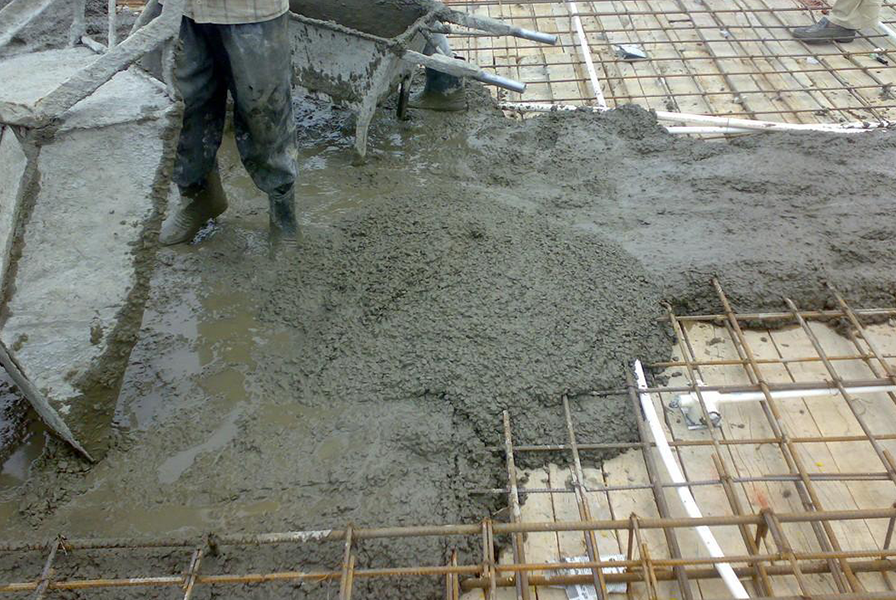
There is no conventional method to determine the market value of a land. Current Market Value of a land or property involves at which an asset would trade in a competitive auction setting. Generally, the market value is based on the sale price of every property under consideration or by comparing the land whose market value is determined with the instances of sales of similar lands in a similar neighborhood.
The market value of the land is governed by so many factors which include its location, situation, size and shape, type of locality. There is however certain adverse factors which tend to lower the land value. Factors which reduce the value of the land in spite of other things being favorable.
- Situated in communally sensitive and congested areas with high population density.
- Situated in flood area, which gets submerged during monsoon storms & flood.
- Located near harmful industries or congested places like railway station, airport, market etc.
- Situated near High tension electrical lines requiring huge margins to be left for construction
- Places near slaughterhouse, cemetery, graveyard, mortuary etc.
- Property in acquisition under Government Planning Scheme or development plan or land acquisition for any other public purpose.
- Publicly known disputes among co-owners / members of the family.
- Tenants in possession of the property since many years.
- Unauthorized possession by occupants over the property.
- Noise polluted areas like busy railway lines, theatres, bus terminus, marriage halls etc.
- Property of Plot width is broader in front and narrows at the back end.
- Non-availability of basic services like water, drainage, transport, road, electricity.
- When situated adjacent to highways, railways etc., where much of the land has to be left open as margin and where no construction is permitted.
- Where there are legal restrictions on carrying out either full or part construction. (e.g.) certain authority prohibits construction of more than G+1 or G+2 houses.
- Restriction on ground coverage i.e. says not exceeding 10% or 20% of land area.
- Situated near slums
- Located in areas where there is high crime prevalence rate.
- Sloping, low-lying or unstable terrain prone to landslides
- Poor soil which may increase the cost of foundations, black cotton, marshy, reclaimed soils etc.
- Soils prone to liquefaction during an earthquake, particularly those having N<10.
Write your comments






